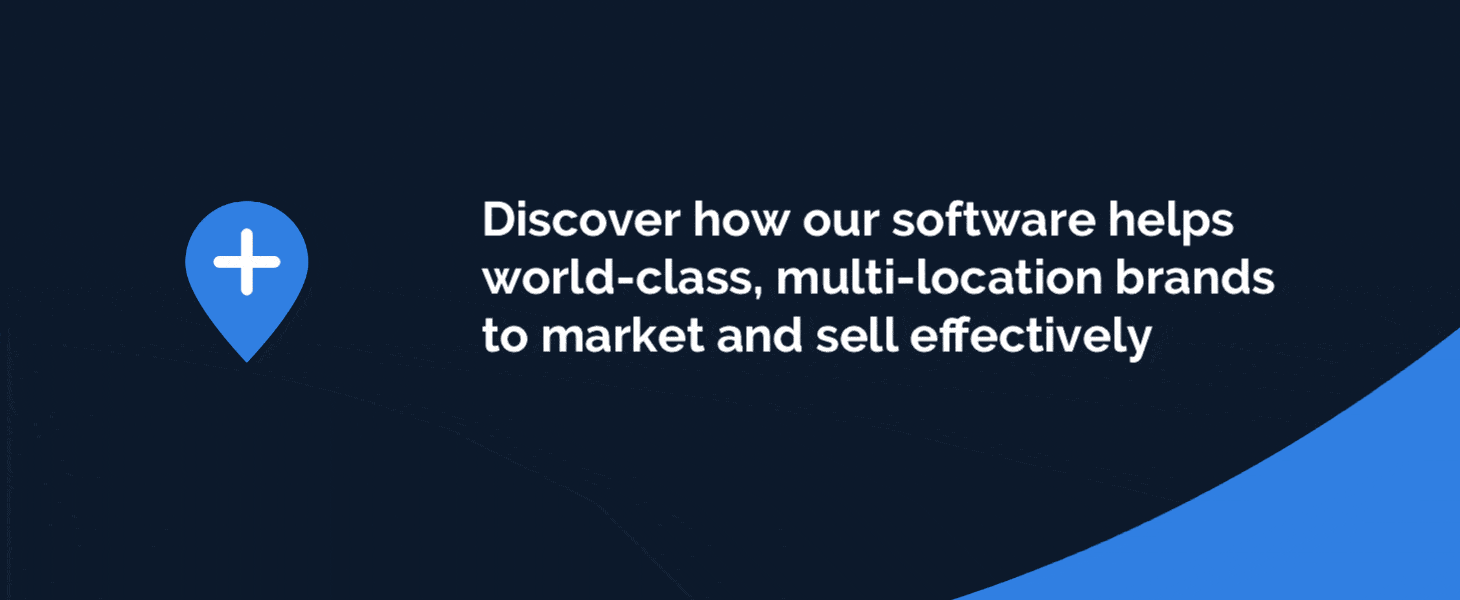As a marketer at a distributed organization, one of your greatest challenges is keeping everyone on the same page. Getting your designers, local marketers, and other stakeholders to use the same language, terminology, and asset versions can be a massive challenge, especially if all you've got is a file transfer protocol (FTP) site to manage your digital assets.
A dedicated digital asset management tool (DAM) "acts as a single point of truth for your marketing organization," writes Jill Talvensaari. By choosing the right solution for your distributed organization, you increase efficiency, improve local brand compliance, and significantly speed your time to campaign launch. In order to get the most from your DAM software, understanding the key features of a distributed system that drives results is important.
In this blog, you'll learn the five most important characteristics of a DAM for distributed marketing, and how to find the technology solution to help your organization smash your marketing goals.
How is Distributed DAM Different from Other Types of DAM?
Digital asset management, according to Gartner research, is undergoing a "renaissance." All types of organizations are struggling to manage a higher volume and variety of digital assets for distribution across multiple channels. For distributed organizations, a DAM solution needs to address unique challenges related to the complexities of local marketing, like audience variation and other stipulations.
According to Gartner's market analysis, there are currently four distinct varieties of DAM software. While some solutions may take on characteristics of multiple categories, virtually all commercial DAMs fit into one of the following categories:
- Standalone DAM: A "pure" DAM solution that acts as an asset repository. Users can put files in categories, and tag the assets for easy access. The solution works alone, and does not need to be integrated with other components of the marketing technology stack. The ultimate goal of a Standalone DAM adoption is generally to create a full catalog of intellectual assets.
- Modular DAM: A DAM that is one component of a bigger marketing resource management (MRM) or enterprise resource planning (ERP) suite. These DAM systems generally cannot be used independently of the larger technology framework of which they're a part. Marketers may use this type of DAM to house business-critical assets or ready-to-use marketing files.
- Integrated DAM: When DAM is one component of a suite of specific marketing management tools, it's likely an integrated DAM. This category includes asset repositories used for creating assets and marketing files. In some use cases, designers may use integrated DAM for large projects, such as organizing and sharing proofs for client approval.
- Distributed DAM: DAM that is purpose-built to meet the needs of distributed brands. These solutions contain an asset repository feeding assets into marketing templates that can be versioned, according to brand-defined rules, by local marketers. Brand managers and local marketers use distributed DAM for the purposes of distributing and customizing marketing assets.
What Do Distributed Marketing Teams Need from DAM?
Ultimately, distributed DAMs are very different than other categories of asset management technology as there are two distinct types of users (with very different needs): brand marketers and local marketers. Distributed brands need DAM solutions that enable local marketing activation. Below, are five features of Digital Asset Management tools that benefit distributed marketing teams:
1. Asset Segmentation
One of the ten core characteristics of a DAM tool is the ability for users to "find" assets, which can be accomplished through "metadata, collections, workflows, and access control." While most DAM solutions enable marketers to place assets in categories, distributed marketers need the ability to segment their assets.
Segmentation enables smarter distribution to local marketers, across brands, audience, and other important factors. Use cases for asset segmentation could include:
- Showing only Chinese language files in geographic sectors where Chinese is the dominant language
- Fall-themed collateral to only Northeast local marketers, or other geographic differentiations
- Personalized assets, such as making a local marketer's head shot automatically available to their location for use
Segmentation is more than categorization. It's the ability for brand managers to set rules and permissions at the asset-level for compliant use.
2. Ability to Set Permissions for User Uploads
In some cases, local marketers will participate in providing marketing files, digital content, imagery, and other assets for future use. They may upload assets for brand approval, or to use the DAM system as a personal solution for storing localized assets.
Distributed DAM systems should accommodate the different needs of users within an organization. You should be able to turn on and off the ability to upload assets according to your business model, and change this permission over time. Ideally, you should be able to let users upload without adding tags, or releasing the assets, so head office can maintain control of categorization. This allows brand management teams to keep metadata standards consistent.
3. Automated Expiration and Rights Management
Intellectual property rules and regulations must be followed, or your brand could face major legal repercussions. Distributed DAM systems should take the guesswork out of asset use. If a purchased stock photo's rights are set to expire soon, your DAM system should deactivate the file from being downloaded or used in future campaigns automatically. Automated rights management can be particularly helpful for distributed brands, who may have an immense store of assets to manage and thousands of users potentially accessing those files.
4. Easy-to-Use Templates
Local marketers, who don't have any background in graphic design, need to be able to modify assets in the repository so that they're more relevant to their marketing purposes. Ease-of-use in asset modification levels the playing field, and makes compliant, attractive design accessible to local representatives of all skill levels.
Distributed DAM, with the help of easy-to-use templates and template rules, enable assets to be used more quickly and appropriately by local representatives. Ease-of-use, along with guidelines and restrictions for template modification, create an ideal framework for brand activation.
5. Integrations
Relatively common integrations for distributed DAM can include existing DAM technology, email sending, web hosting, printing, workflow, and project management. Understanding your integration needs, and a potential technology's capacity for integration, is an important part of the software selection process.
For many distributed organizations, a comprehensive local marketing automation tool like CampaignDrive by Pica9 is sufficient. For other organizations, integrating a distributed DAM with a standalone DAM is necessary to pull existing design assets into a tool like CampaignDrive to be modified into templates.
Selecting the Right DAM for Your Distributed Brand
While Gartner's DAM categories are a helpful resource for significantly narrowing technology options for digital asset management, not all DAM tools for distributed brands are the same. By understanding your organization's unique needs, and how DAM helps to enhance local marketing, you can choose a tool that makes it easier to drive results.








